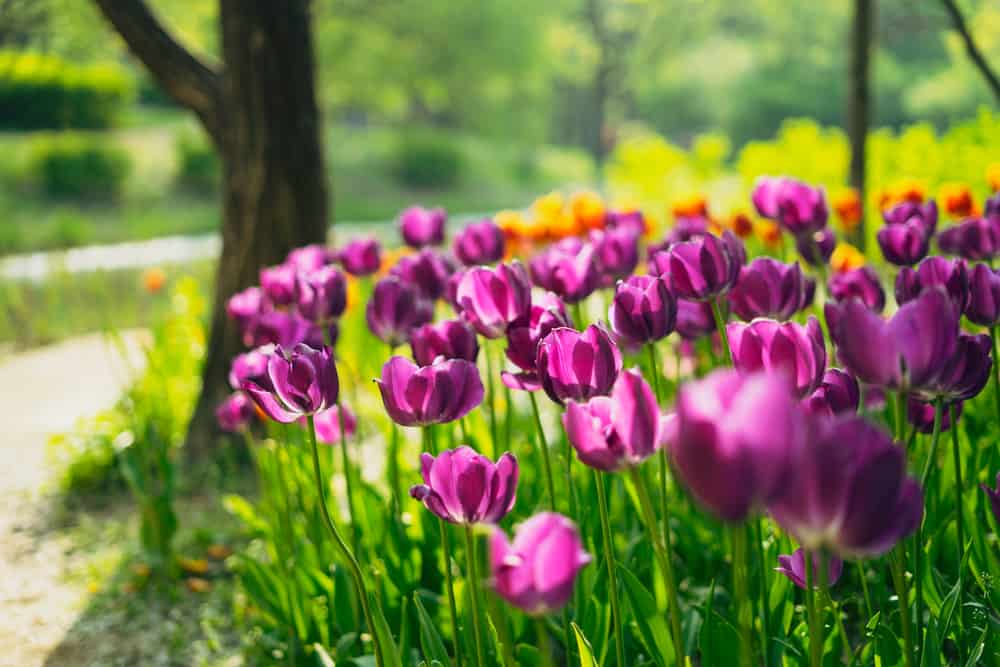
New gardeners are often shocked to discover just how costly a hobby gardening can be.
There are thousands of tools, gadgets, and plants to buy. They may not cost much individually, but the expenses add up remarkably quickly.
This problem is compounded in spring – the season of new growth and subsequently, more spending.
Fortunately for gardening newbies, there are many ways to start a spring garden that won’t break the bank (and may even end up saving you money!)
1. Start Small
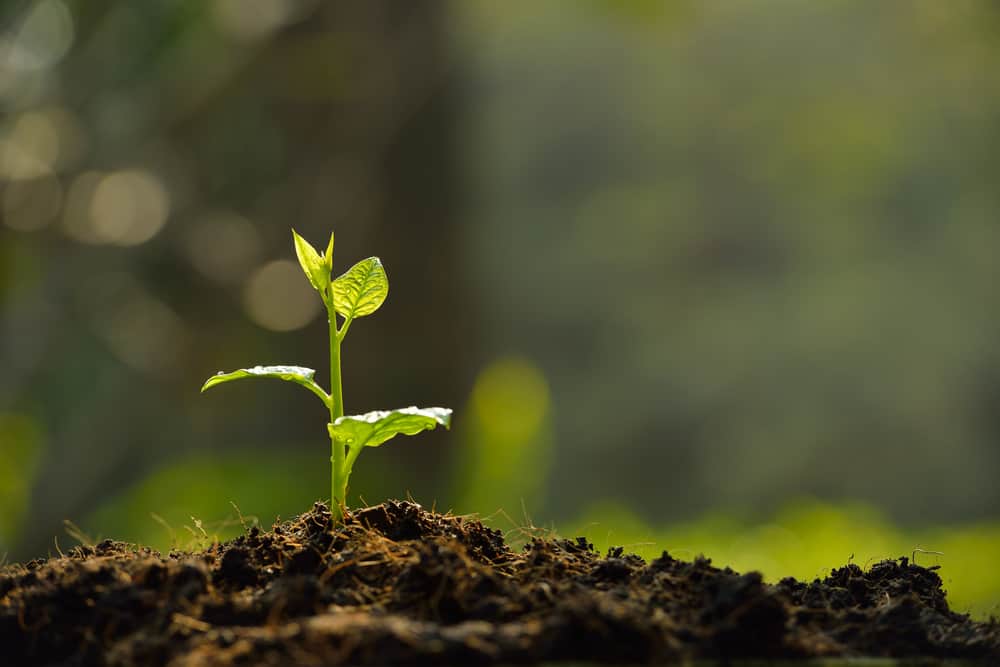
All gardeners, whether novice or expert, seem to suffer from a similar problem – restraint.
There are thousands of stunning plants to choose from, and so many shiny tools and gadgets. How can you not want them all?
When you’re starting a garden on a budget, and particularly a spring garden, restraint is (unfortunately) essential. And the best way to practice restraint is to start small.
Choose one plant, or a couple, to begin with. Pick beginner-friendly plants with similar needs to avoid any extra expenditure on specified care products. It’s better to expand your garden over time, rather than start with a garden packed with plants you can’t take care of.
Also consider which tools and products you really need before purchasing. Some tools are essentials, others can be considered nice-to-have.
Starting small is a useful mantra for any beginner gardener. It allows you time to understand your plants, adapt to their needs, and grow your garden in tandem with your skills.
2. Plan Your Garden Before Planting
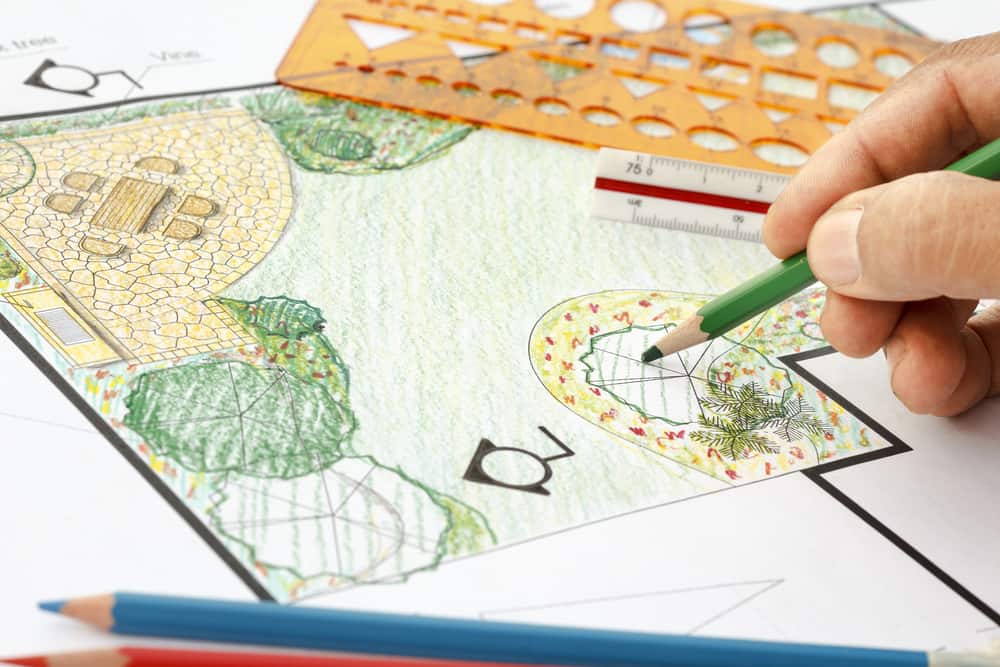
You head to your local garden center and come across a gorgeous plant. You’ve never seen anything like it before. And what are the odds – it’s on sale. You hastily buy one (or more) and excitedly take it home, only to find the conditions it needs do not at all match the open space in your garden.
We’ve all been there. But on a budget, choosing the wrong plants can be costly. That’s why proper planning is an invaluable tool.
Before you start your spring garden, decide where you want to garden. Defining a location allows you to assess the light, water, and soil conditions of the area and choose plants that will grow best there, saving money on soil amendments, extra watering, or attempting to revive a dying plant that doesn’t have enough light (or too much).
Impulse gardening buys are always exciting, but they may come back to bite you and your budget in the long run.
3. Plant Seeds
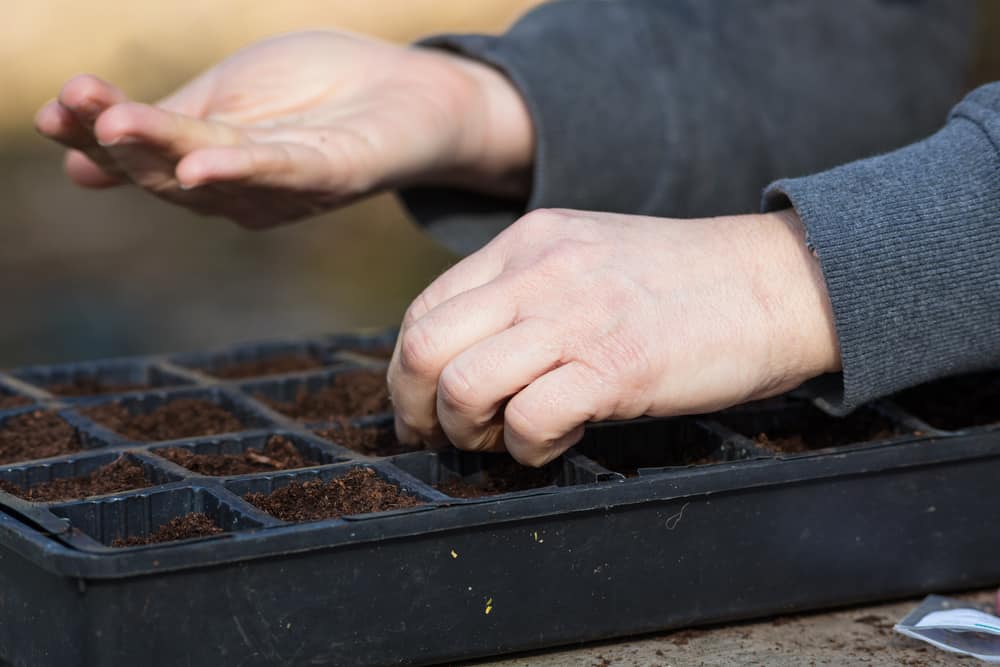
As the saying goes, patience is a virtue. Starting a garden from seed may not produce the instant results you were hoping for, but it can save you tons of money and may provide some unexpected benefits.
While it may take longer, starting plants from seed can produce healthier plants in the future. You have full control over their environment and growing conditions from day one. There is no period for the plant to adapt to its surroundings, and you can eliminate potential transplant stress. This gives the plants time to establish solid roots and get used to your garden environment, saving you time and money on plant care.
As cheesy as it sounds, it’s also incredibly rewarding. The process of watching a tiny seed develop into a fully-fledged flowering plant is one of the greatest joys of gardening.
If you already have a couple of seeding plants, gardening could cost you nothing. Simply save the seeds (or get some from your neighbors) and start the process all over again. This way, gardening isn’t cheap – it’s completely free – and it will only become easier to save seeds as you build up your plant collection.
4. Grow Plants You Can Eat
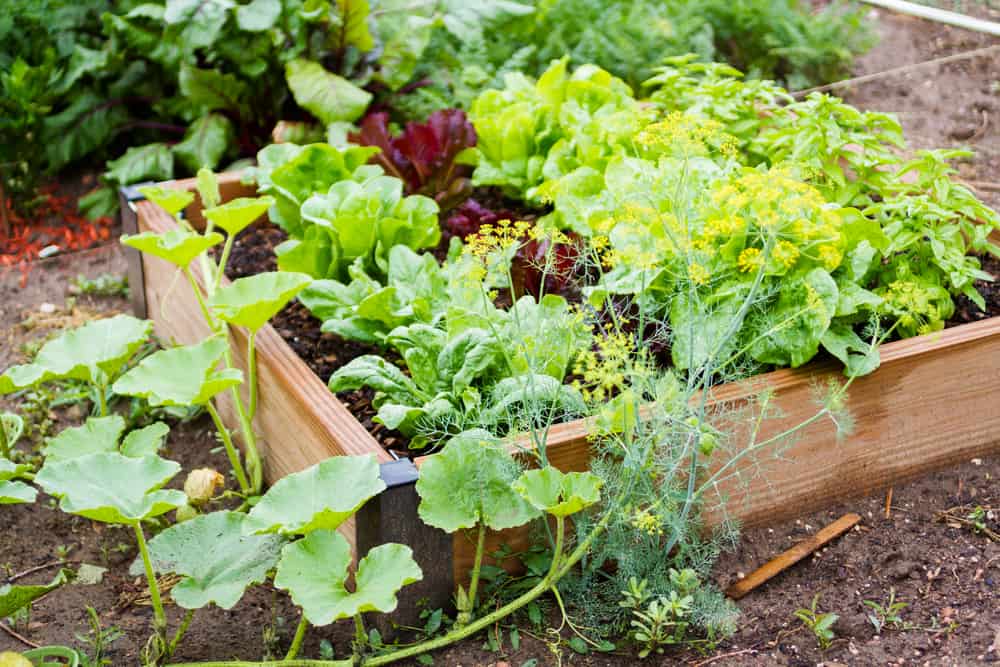
Growing your own food is more popular than ever. Not since the Victory Garden Movement of the World Wars has the gardening industry seen so many newbies investing in their own vegetable gardens. And by joining in on this trend, you’ll be saving yourself some money at the same time.
Many vegetables and fruits are easy to start from seed and (depending on the plants you choose) grow relatively quickly compared to other common spring garden plants.
Some vegetables and fruits can also be grown from scraps. Instead of throwing your kitchen leftovers in the trash, you can repurpose them and grow even more food than you started with.
Here’s a quick guide to which fruits and vegetables you can grow from scraps, and the best ways to grow them:
| From Stems/Tops: | From Seeds: | Plant in the ground: |
|---|---|---|
| Spring onion | Tomato | Garlic |
| Kale | Mango | Ginger |
| Leeks | Avocado | Onion |
| Pineapple | Pumpkins | Turmeric |
| Cabbage | Cucumber | Potato |
| Lettuce | Peppers | Sweet potato |
| Celery | Chilli |
Growing food is already cheap, and it can end up saving you money on groceries in the future, leaving more to spend on those gorgeous plants you passed on in the beginning.
5. Propagate
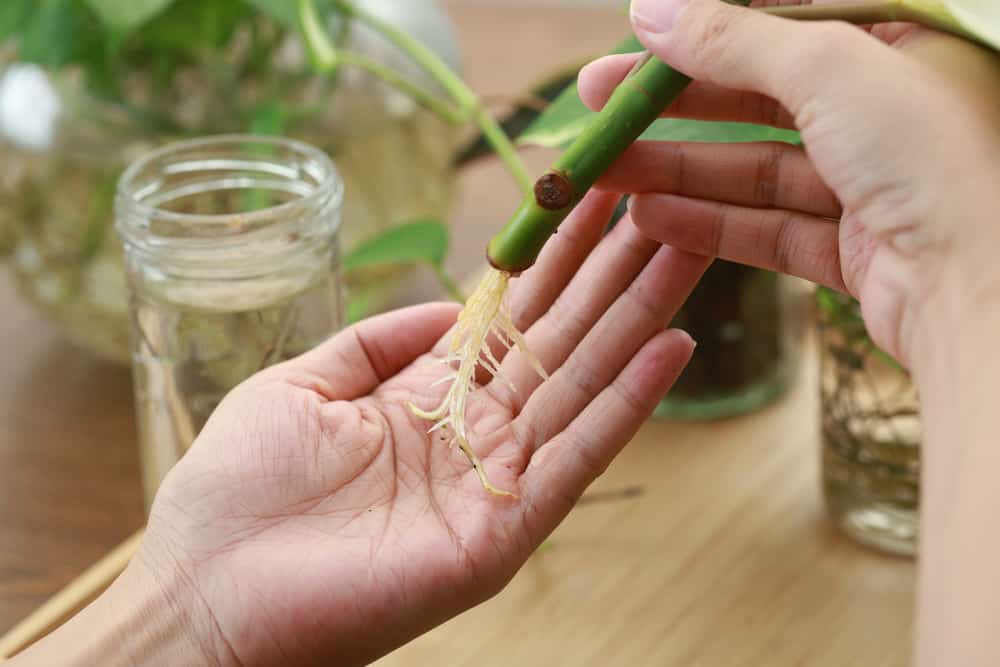
Propagation is like gardening magic. You start out with one plant, and you simply end up with two. Or three, or four, depending on what you’re propagating. It’s the holy grail of free gardening. And best of all – it’s good for the plants too.
Some plants are more difficult to propagate than others, and each plant requires a specific method of propagation.
Plants with several joints along their stems can be propagated by stem cutting, while others will grow from leaf cuttings (Sansevierias, for example). Plants in clusters can be divided by separating the existing plant at the root level. Some plants grow shoots – called offsets or plantlets – that do the work for you. Simply remove the plantlet, repot, and wait for it to grow. Or, as mentioned before, you can propagate your plants from the seeds they produce.
If you’re starting a spring garden for the first time and have no plants to propagate, find some plant-loving friends and borrow from them. All you need is one cutting or seed to get started. Many friendly gardeners would be happy to oblige.
We have all sorts of propagation tutorials here, including for roses, lavender, rosemary, hydrangeas and many different types of houseplant.
6. Make Your Own Containers
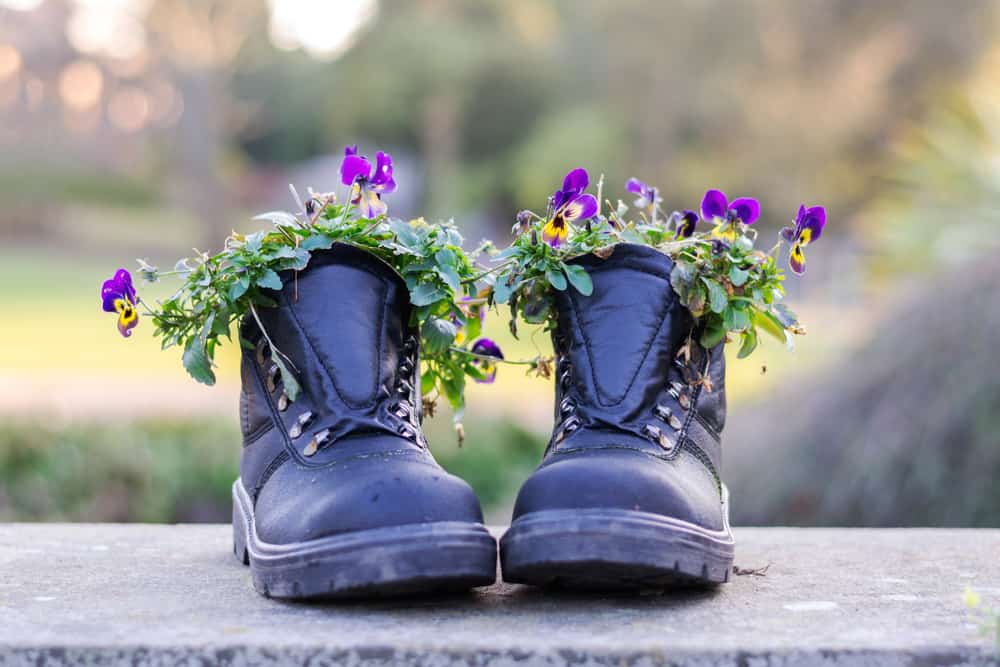
For container gardeners, pots can become one of the greatest expenses. Going the popular terracotta route, one large pot could exhaust your entire gardening budget. The cheaper options – like plastic – don’t look as appealing and aren’t planet friendly. How about spending nothing and make your own containers instead?
Affectionately known as upcycling, this is an ideal weekend project for frugal gardeners and creative types.
With a few holes for drainage and some structure to hold the plant upright, technically anything can be a pot. Old kitchen items, furniture, or even shoes make unique, quirky garden containers. Ensure whatever you choose is the right size for the plants, has enough drainage, and doesn’t contain any materials that will damage your plants.
A good rule of thumb: thoroughly clean anything you plan to plant in beforehand (pots from the nursery included) with soap and warm water to ensure there are no harmful bacteria that could infect your plants or the soil.
7. Make Your Own Compost
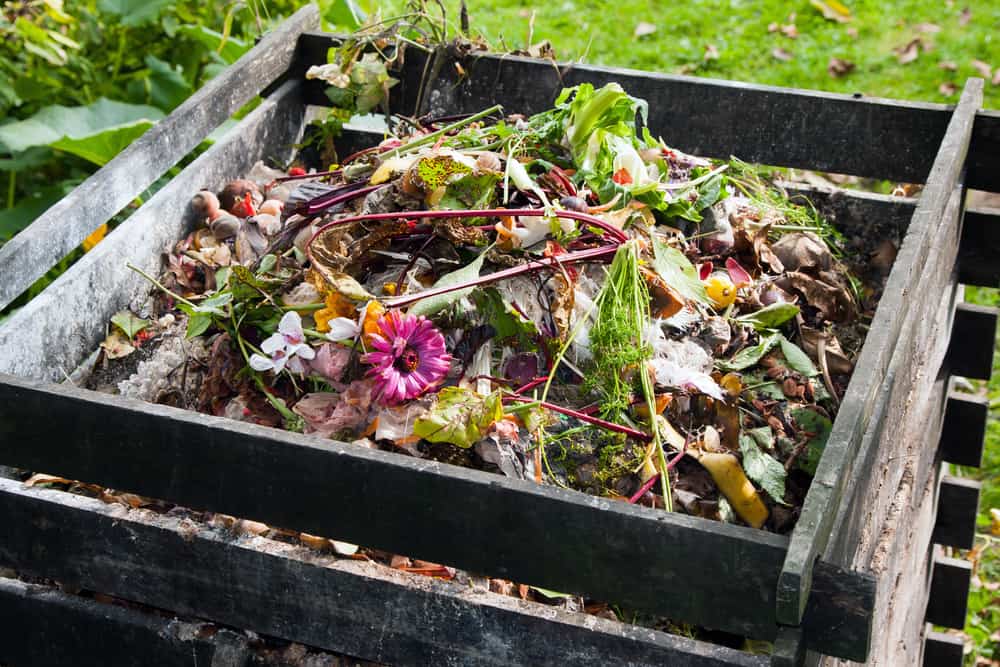
For all your nutrient needs, look no further than your trash. Composting is a practice everyone can do no matter where you live or how much space you have. It’s also good for the environment. Plus, it saves money on store-bought composts and organic products to improve soil quality.
Throw any suitable garden scraps, like grass clippings and dead leaves, into a bin or cordoned-off section of your garden. Kitchen scraps can also be tossed on the pile – like vegetables, fruits, and grains – but no meat or dairy. Leave out any weeds or diseased plants that can spread problems to other parts of your garden.
Some scraps may need to be broken down or soaked beforehand and it may take a while to become usable compost. But for gardeners on a budget, the investment is worth the reward.
Saving money when starting a spring garden is not difficult. Really, the only difficult part is patience and delaying gratification. But, if you follow these budget tips and expand your garden slowly, you will be all the more grateful for it.
